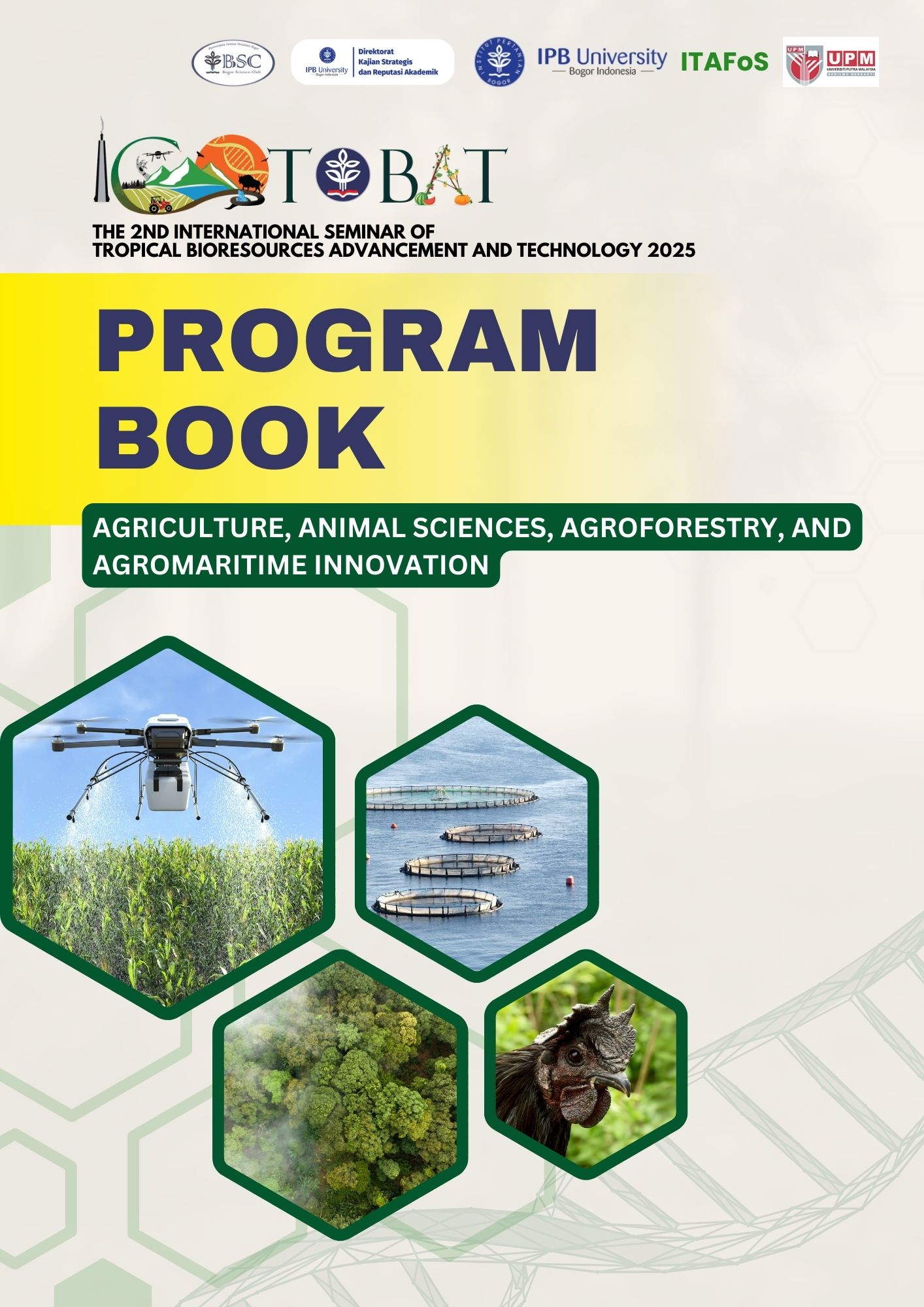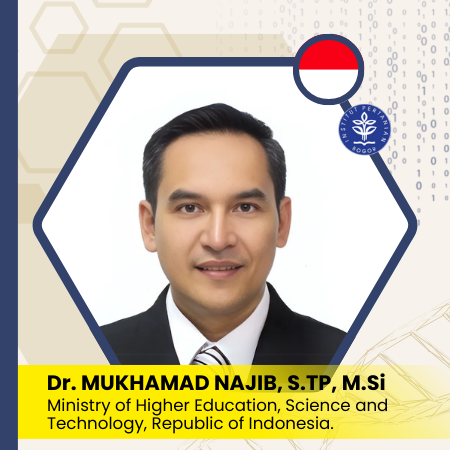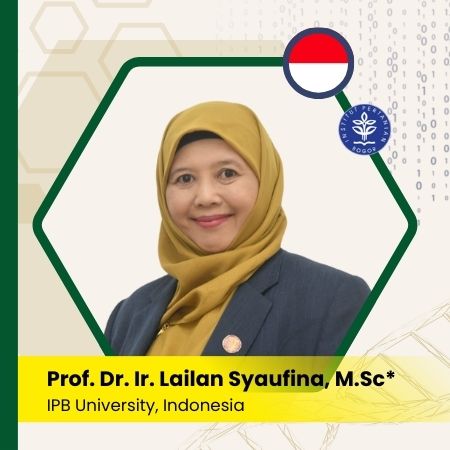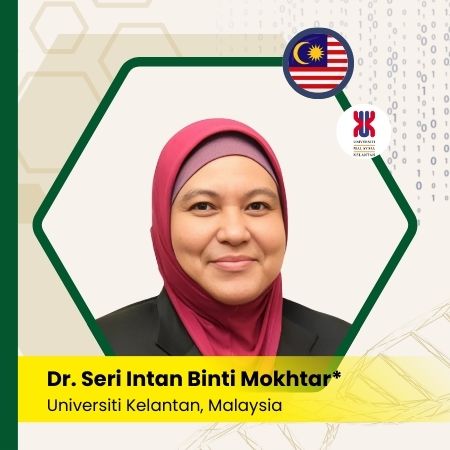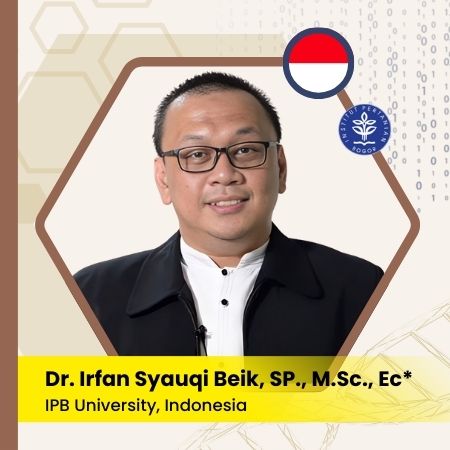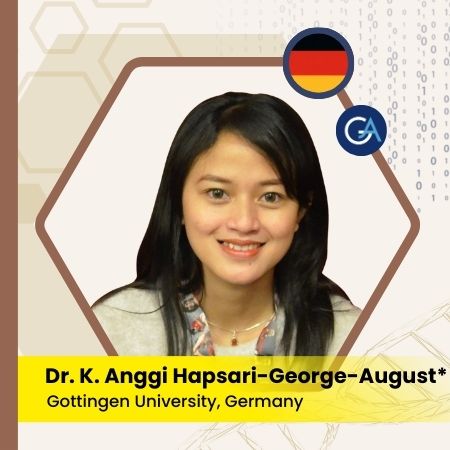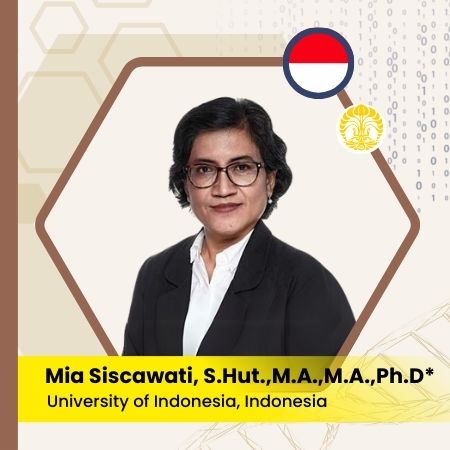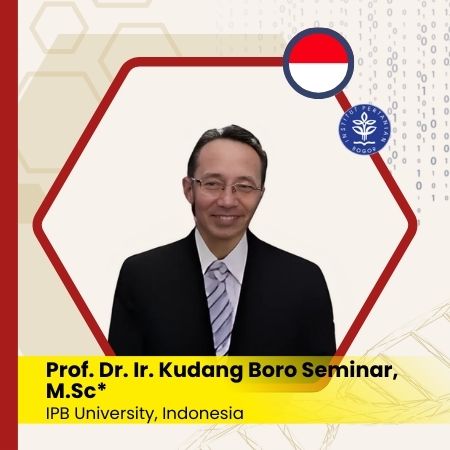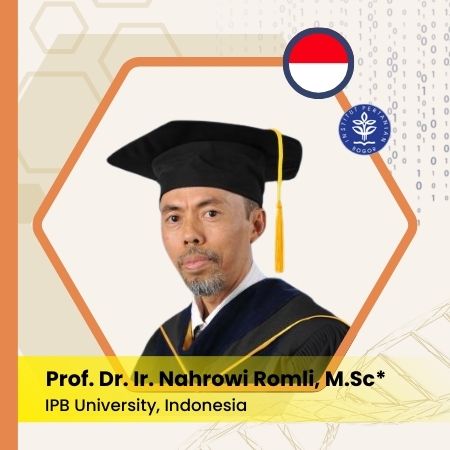Sustainability of Irrigated Agriculture Area in The Context of Climate Change: A Case Study in Rentang Irrigation Area – West Java Province - Indonesia
Will be presented at Thursday, 22 May 2025, 14.10 (GMT +7)
Keywords:
Agriculture, Sustainability, Climate ChangeAbstract
Rentang irrigation area is the second largest irrigated agriculture in West Java Province, with an annual paddy production of more than one (1) million tons. Administratively, Rentang irrigation area is located in three regencies (Majalengka-Cirebon-Indramayu). This irrigated farming area has been supported by adequate irrigation infrastructure, but there are many challenges in its sustainability, such as climate change, changes in land use including environmental degradation as a result of the growth of villages into urban areas. So that this will threaten the sustainability of the irrigated agricultural area, which can disrupt the achievement of food security and increased nutrition including the promotion of sustainable agriculture that mandated in SDG No. 2.
Furthermore, by adopting the DPSIR framework approach, this study aims to analyse the sustainability of irrigated agriculture area in the context of climate change and the research method using the quantitative method and secondary data with the Smart-PLS-SEM Ver.04 as analysis tool.
Different from previous studies, which focused more on technical and economic aspects, this study specifically examines the Rentang irrigation area from a holistic sustainability perspective (Socio-Economic-Environmental-Institutional) in the context of climate change. These sustainability elements are integrated into sustainability measurement indicators by DPSIR framework. This is the novelty and added value of this study.

